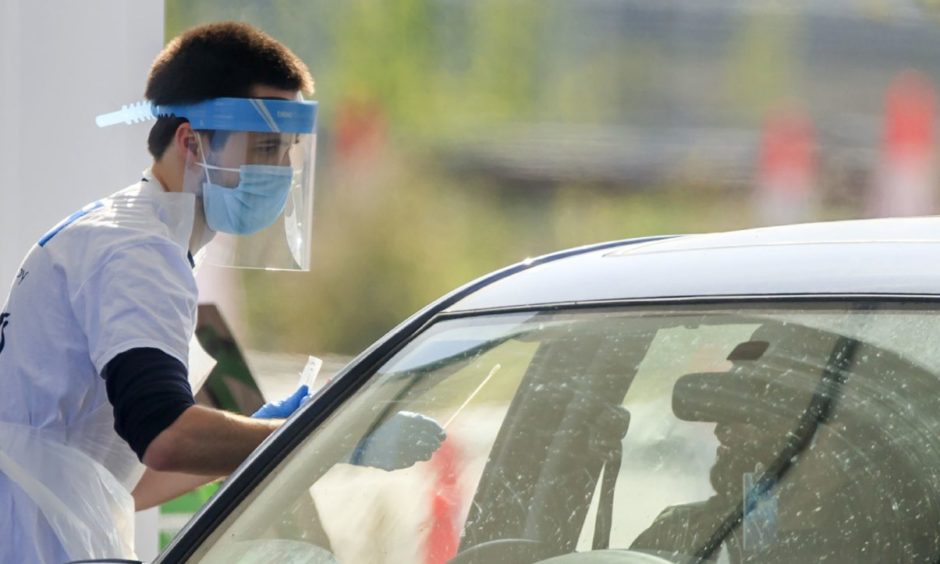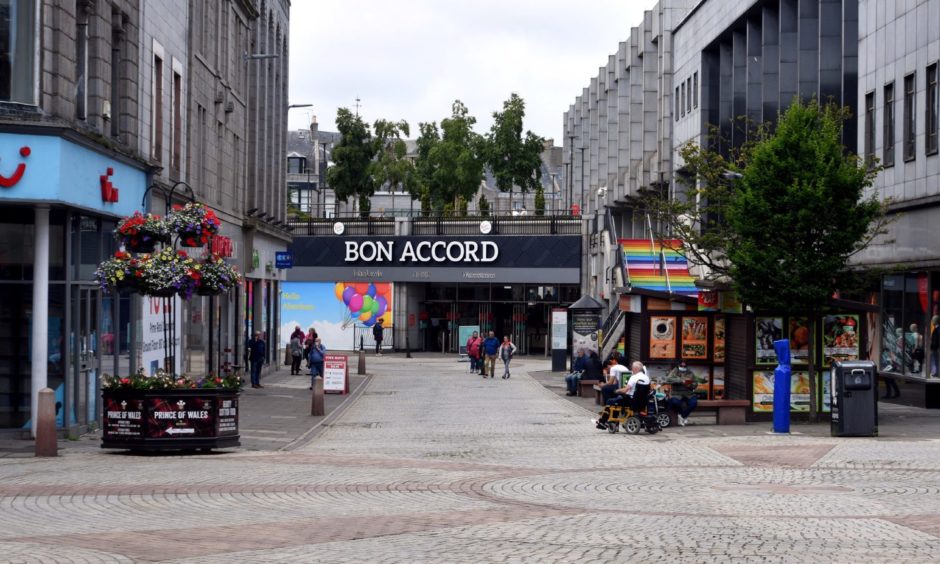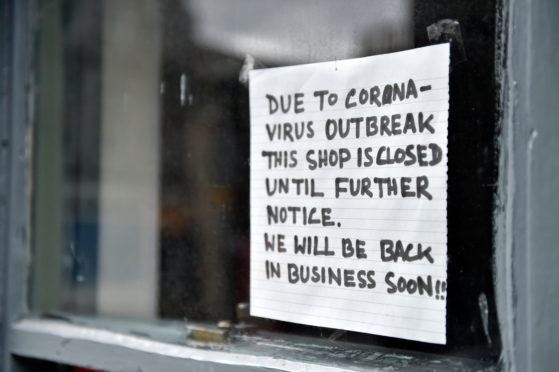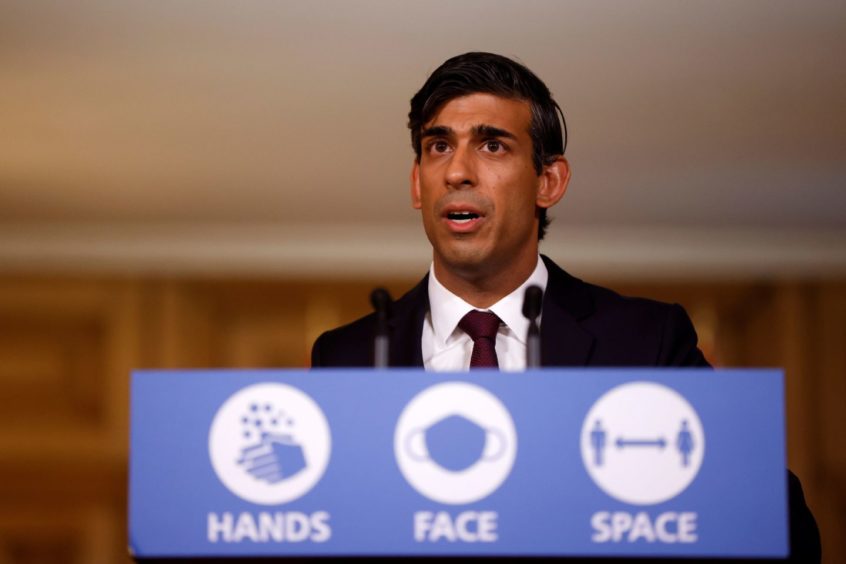A new system of rules is poised to be introduced in Scotland to try to contain the spread of the coronavirus.
Amid confusion about aspects of the changes, we have attempted to answer some the key questions.
Why is a new strategy needed?
Coronavirus cases have risen again in recent weeks, prompting fears of a second wave.
The Scottish Government wants to avoid a new national lockdown, such as the severe restrictions which came into force in March.
Instead, restrictions will be based on local circumstances, under a structured system.
The government said it would allow a “rapid but proportionate” response to changing circumstances, while remaining transparent.

What has been announced?
First Minister Nicola Sturgeon has unveiled a new structure of five levels to determine restrictions and interventions.
It ranges from the highest, Level 4, which is essentially a new nationwide lockdown, to the lowest, Level 0, which is as close to normality as possible, with most businesses open.
Level 1 would be similar to the general situation in Scotland in September, and some indoor socialising may be permitted, as would be the case for Level 0.
Level 2 would be in line with the current rules outside the central belt, including retaining a ban on indoor socialising.
Level 3 would be similar to the current restrictions in the central belt, with stricter rules on hospitality involving alcohol, compared to Level 2.
Level 4 has been compared to a national lockdown, but not quite as far-reaching.
Non-essential travel to or from Level 3 and Level 4 areas would not be permitted.

When will I find out about my area?
After consultation, MSPs at the Scottish Parliament are expected to consider the proposed framework on Tuesday next week.
Local areas are subsequently due to be assigned a “level” of restrictions which will come into force from November 2. They would be reviewed weekly thereafter.
Current restrictions have been based on large health board areas, but the new system is expected to be determined by smaller council boundaries, although these local authority areas could be “clustered” together.
Will schools stay open?
Ms Sturgeon said that the Scottish Government’s aim was to keep schools open at all levels. She added that there may be school-by-school exceptions if there was a local outbreak or a high number of cases linked to a certain facility.
What support will be available for businesses?
Ms Sturgeon added that, no matter what level an area is assigned, businesses required by law to close will be eligible for additional grants of £2,000 or £3,000 every four weeks, depending on rateable value.
Businesses which can remain open but can not trade normally due to restrictions, will be eligible, again determined by rateable value, for grants of £1,400 or £2,100 for every four weeks the restrictions are in place.
The extra packages match what has been offered to English firms, but Ms Sturgeon said the Scottish Government required certainty about funding from the Treasury or it would eventually run out of money to pay for them.
Why is Scotland’s structure different to the framework in England?
England has a three-tier system, which Ms Sturgeon said was broadly similar to the middle three levels announced for Scotland.
She said the Scottish Government believed there should be an even lower level of near-normality set as an “aspiration”, and a highest level that would be something closer to total lockdown, in order to retain that option and remain transparent that it was not off the table. Critics claimed the different structure added a further layer of confusion, however.

